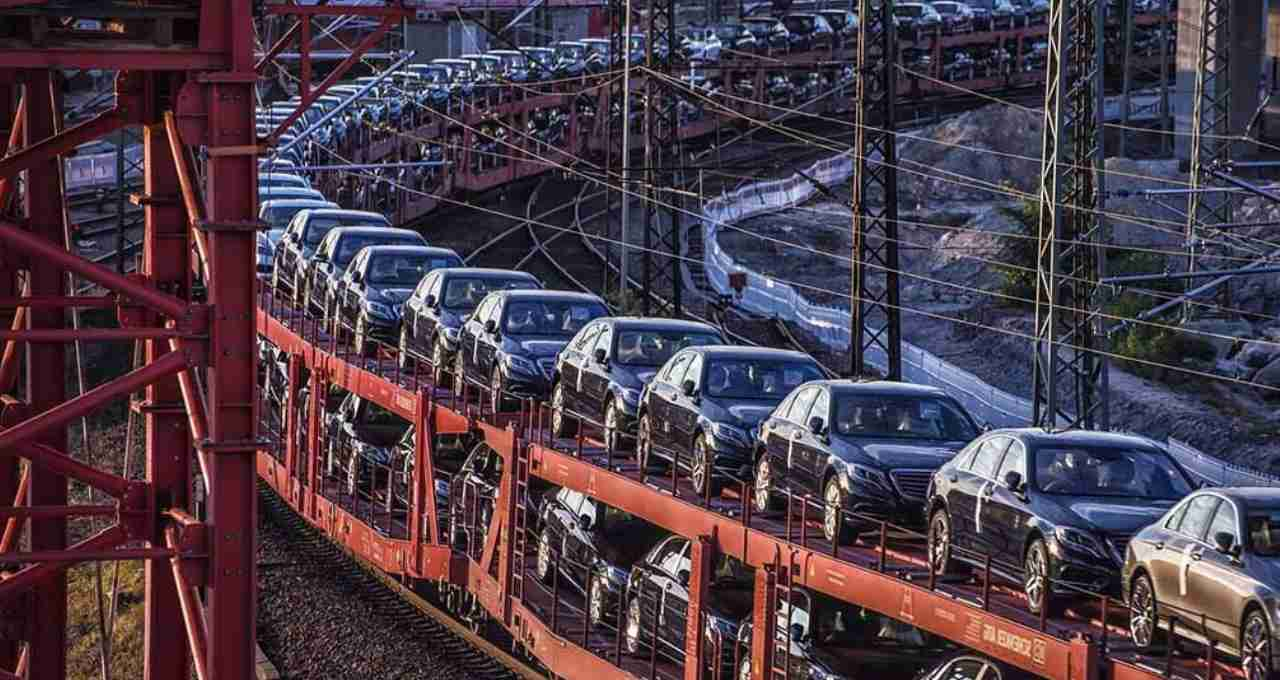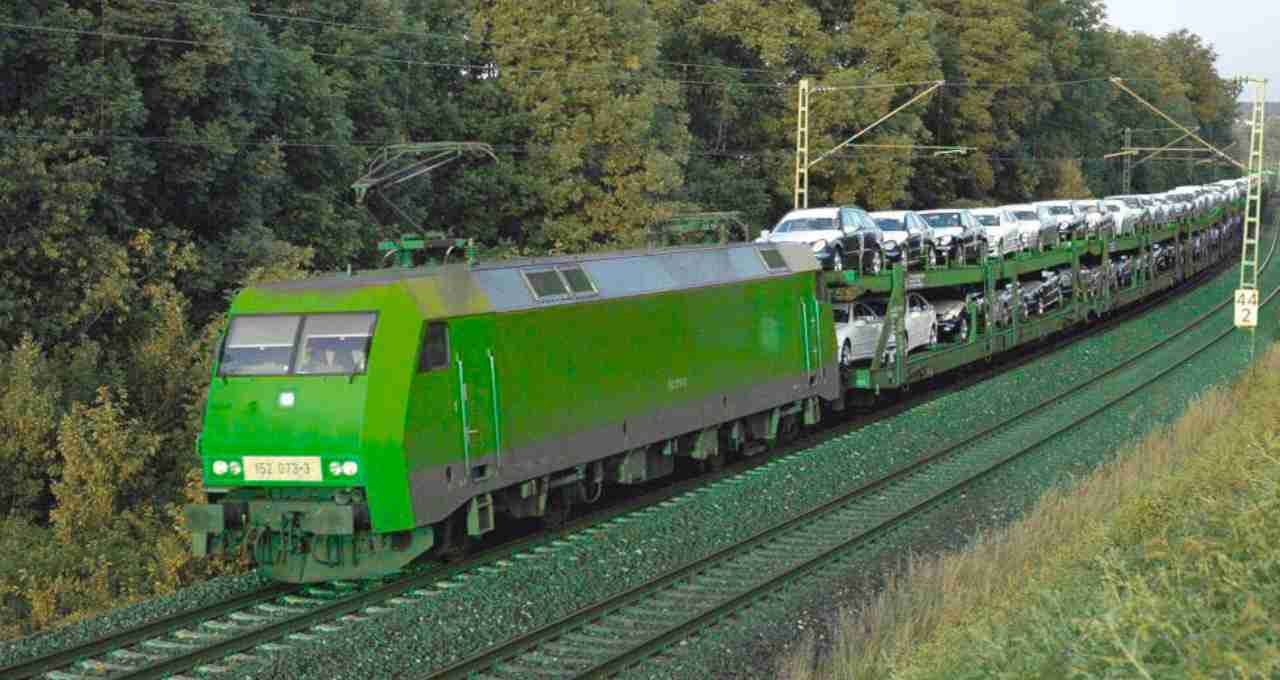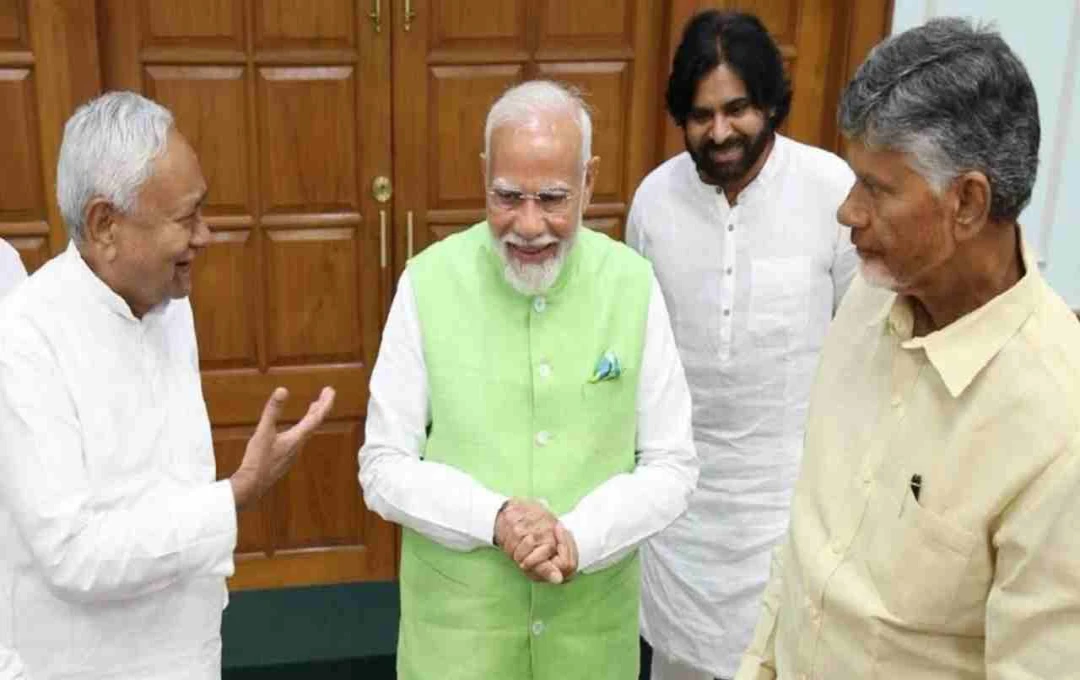India has witnessed a significant shift in the transportation methods for newly manufactured cars. Railways are now transporting a larger number of cars compared to road transport.
New Delhi: The Indian Railways' transformation over the past decade has not only revolutionized domestic transportation but also strengthened India's global standing. Indian Railways' achievements in new car transportation have surpassed even countries like China and Germany. Today, India is the second-largest country in the world, after the USA, transporting the highest number of cars via rail.
A Historic Transformation in a Decade
In 2013-14, only 1.5% of cars manufactured in India were transported by rail; road transport was the primary method. However, due to continuous efforts and technological advancements by the railways, this figure has now surpassed 24%. This means that one in every four cars is now transported by train. In 2024-25, this figure reached approximately 1.25 million cars out of a total of 5.06 million cars manufactured in India.
Reasons for this Shift

Several factors contribute to this shift, the most significant being the convenience, cost-effectiveness, and environmental friendliness of rail transport. Car manufacturers appreciate this railway system and are actively choosing this mode of transportation.
The railways have also played a crucial role. In 2013-14, only 10 racks were available for car transport, while in 2024-25, this number has increased to 170. Furthermore, the railways operated a record 7578 car rack transport rounds in 2024-25.
India Second Only to the USA; Surpassing China and Germany

Globally, only the USA transports more cars by rail than India. The USA transports approximately 7.5 million cars annually by rail. India's figure has reached 1.25 million, placing Germany third with only 600,000 cars transported via rail. Even large countries like China lag behind India in this area.
Technological and Design Improvements
Indian Railways didn't just increase the number of racks; they also significantly improved the design of the car-carrying wagons. Previously, a rack contained 27 wagons carrying only 135 SUVs. Now, the redesigned wagons can transport up to 270 SUVs at once.
Double-decker wagons allow for the easy loading and unloading of larger SUVs. This provides companies with the advantage of transporting more cars while significantly saving time and costs.
Impact on Road Transport
The rising demand for rail transport has impacted road transport. Truck operators and logistics companies have experienced significant losses. A report indicates that the number of cars transported by trucks for distances exceeding 600 kilometers has almost halved.
While this shift may negatively affect certain segments of the logistics sector, the overall impact on the nation is positive.
Environmental Benefits
Trains produce significantly lower carbon emissions than trucks. Experts estimate that the shift to rail transport saves millions of liters of diesel annually and prevents the emission of thousands of tons of carbon dioxide. This is a crucial step towards fulfilling India's climate change commitments.
Railways Become the Preferred Choice of Car Companies
Major Indian car manufacturers like Maruti Suzuki, Hyundai, Tata Motors, and Mahindra & Mahindra now prioritize railways. They cite the improved reliability, timeliness, and cost-effectiveness of railway services. Many companies have even signed long-term contracts with the railways.
Maruti Suzuki, India's largest car manufacturer, already transports millions of cars annually by rail to various parts of the country. The company reports savings of 20-25% in logistics costs.














